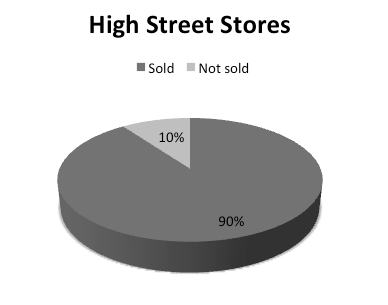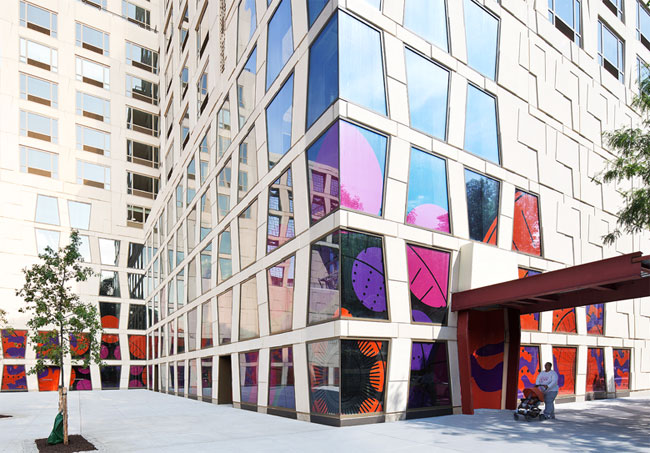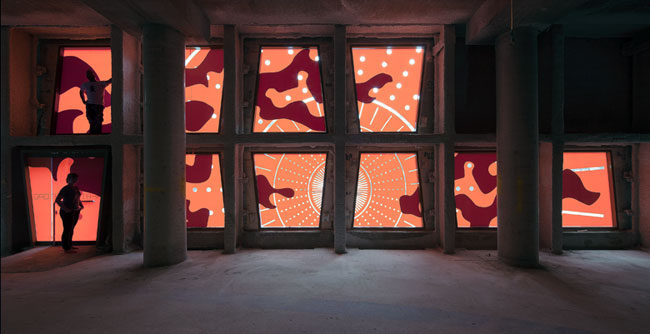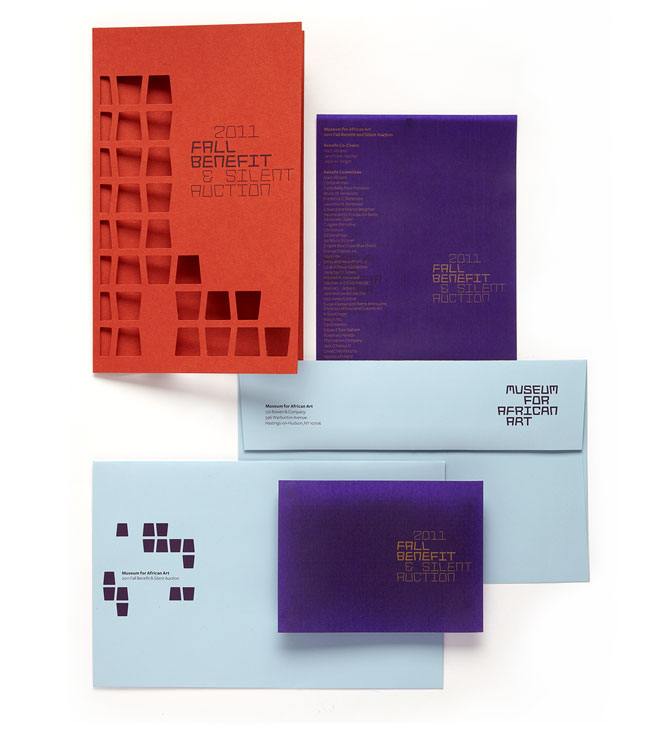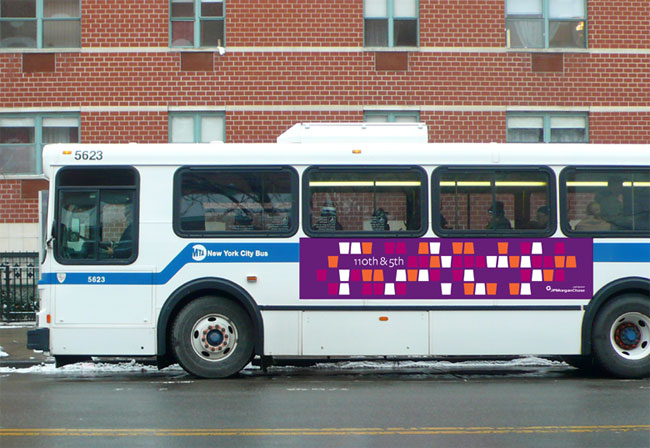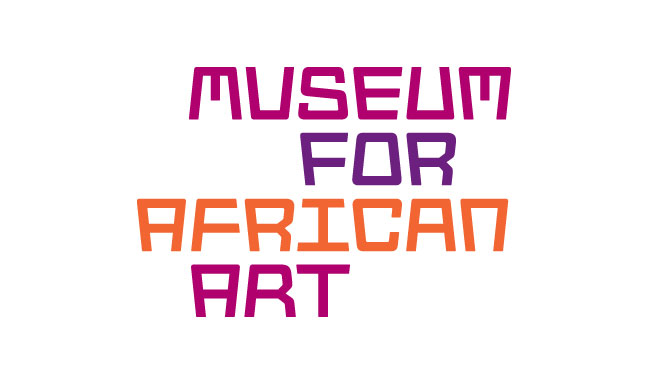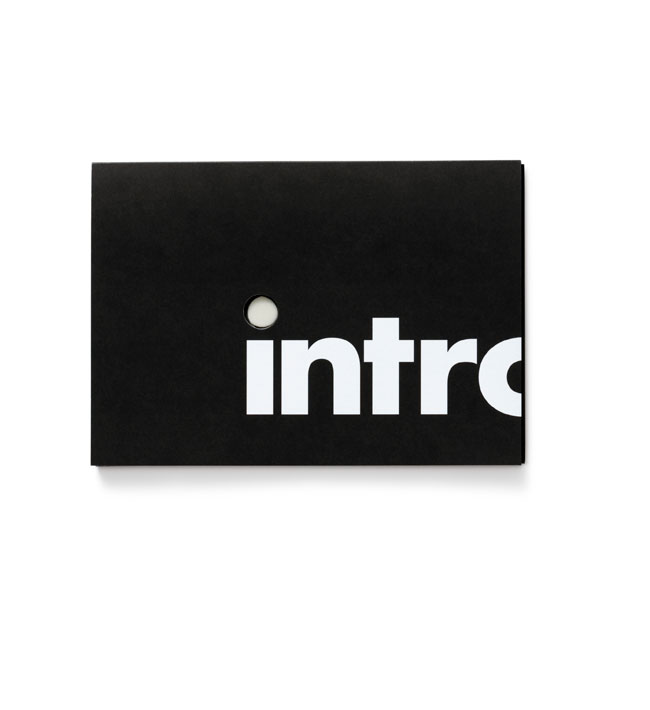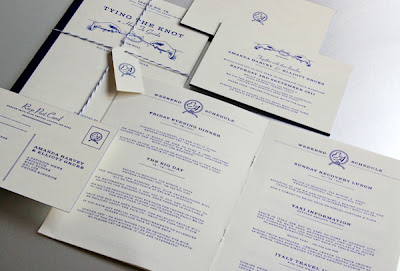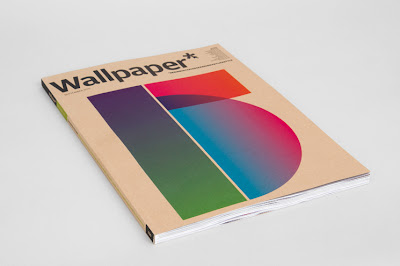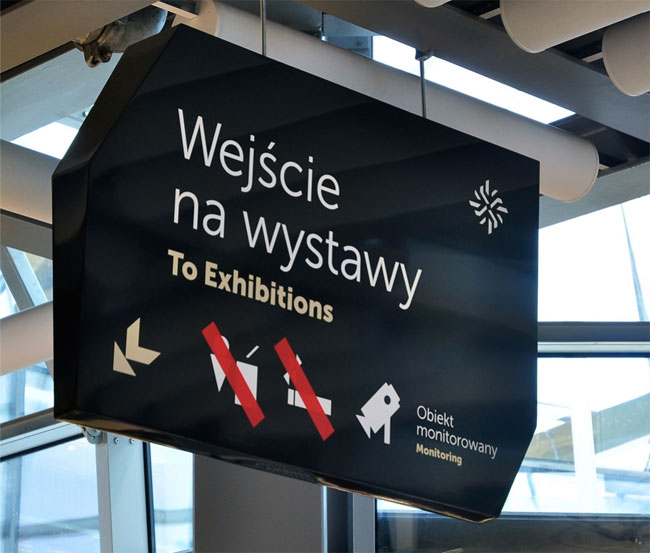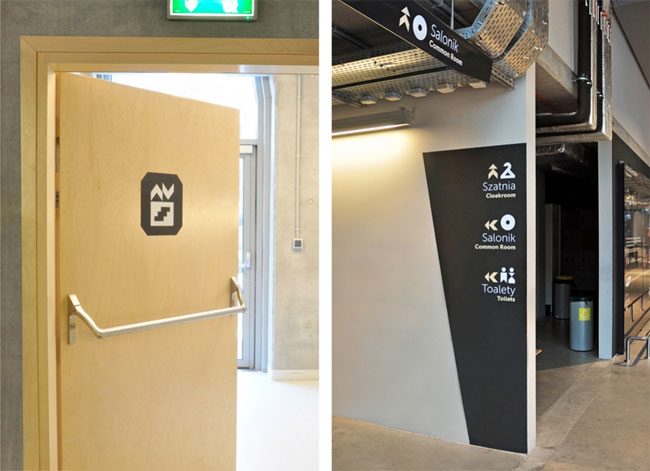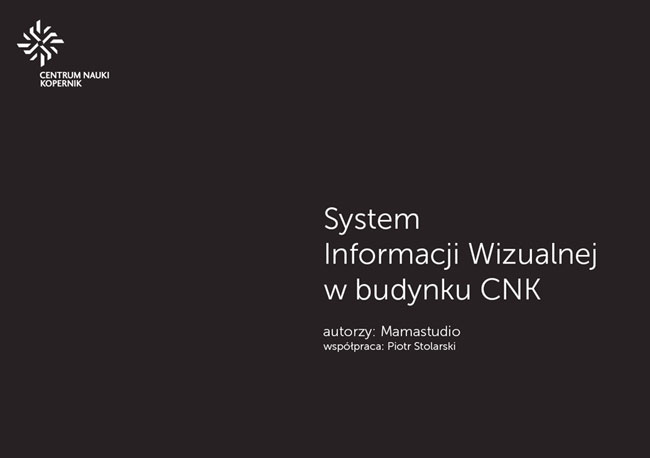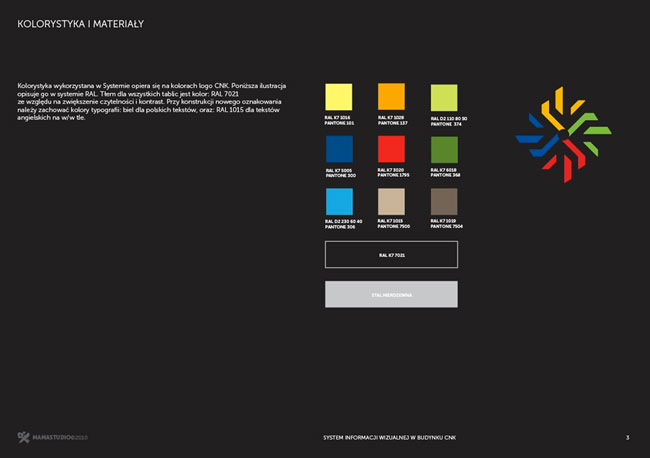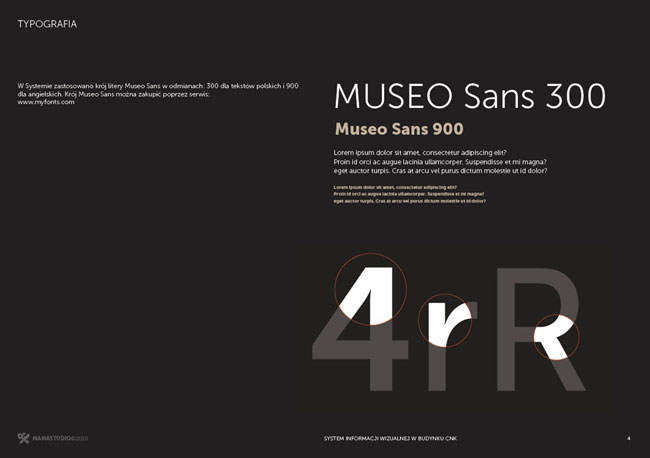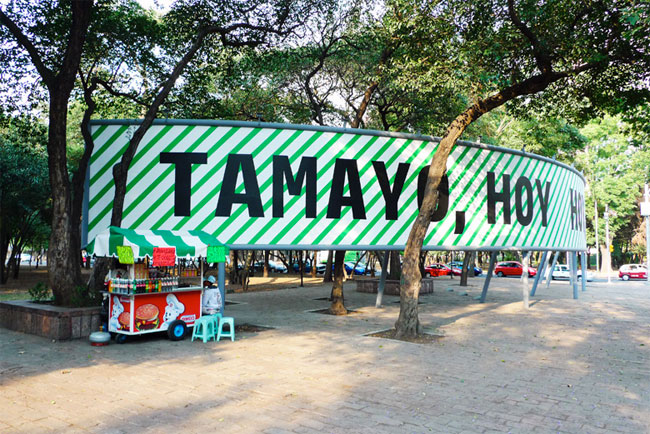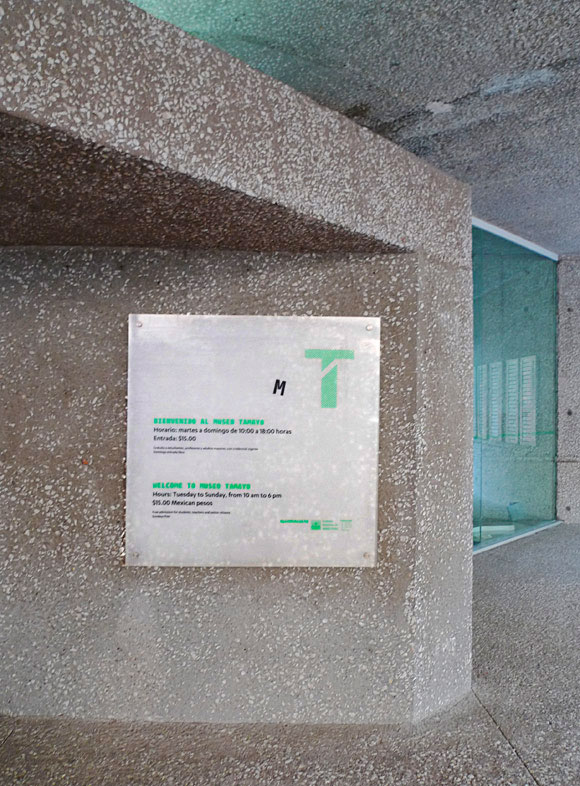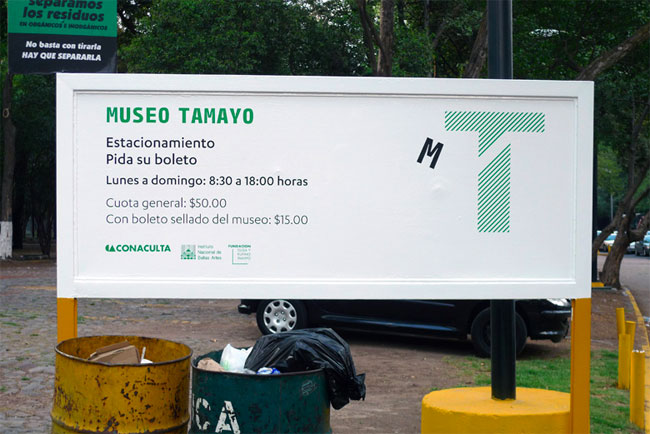Seeing
as my project is taking a turn towards promotion of an Exhibition, I
knew I had to obtain some information on how different sized/of
different importance exhibitions engage people.
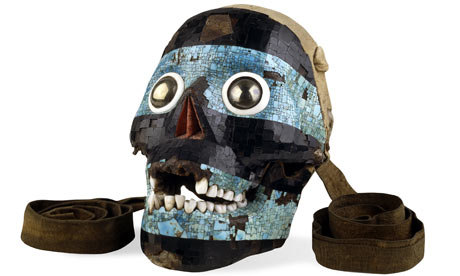
Source.
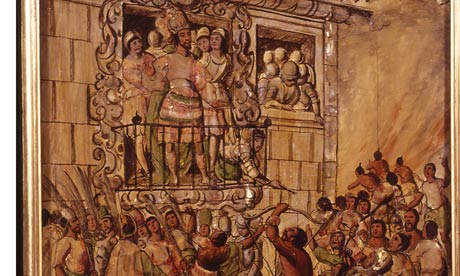

Mosaic mask of Tezcatlipoca. Aztec/Mixtec, 15th-16th century AD. © British Museum
"A sun of gold fully six feet broad and a moon of silver… all kinds of wondrous objects of various sizes. All the days of my life I have seen nothing that gladdened my heart so much," wrote Albrecht Dürer, "as these ingenious marvels of men in foreign lands.
Source.
New exhibition challenges view of Aztec emperor Moctezuma as traitor
British Museum claims leader of lost civilisation died at hands of Spanish explorers, not his own followers

Detail from Enconchado 16, by Juan y Miguel Gonzalez, AD1698, from Moctezuma: Aztec Ruler at the British Museum. Photograph: Museo de America, Madrid
Contrary to popular belief, the Aztec emperor Moctezuma was murdered by his Spanish captors and not by his own people, the British Museum will argue in a new exhibition that will try to rehabilitate the emperor's image as a traitor.
Identity for the British Museum Exhibition.
Shows how exhibitions can have a tone of voice which persuades people to think a certain way.
I
wanted to look at the devices within the museum that attract peoples
attention, for example, In one of the first Exhibitions a life-size
hologram was used as a timeline. You have to interact with it to find
something out. The dark environment, mixed with the backlit boards stand
out.
The image below depicts an educational device that forces the viewer to interact to get some form of answer.
Apart
from the above noted, there wasn't much else to note. It seemed to me
that a lot of the pieces spoke for themselves and had enough of an
impact without having to force people to engage. i think that perhaps
the area I should be focusing on moreso is the promotion of an
exhibition through large scale posters; booklets; mailshots etc.
Perhaps I need to think of a more inventive approach to educating people about the Aztecs. Although an exhibition offers a chance to use print processes to their potential I don't think that it is the most interesting angle for me to come from, it is clear that this has been done before and I don't want to just regurgitate existing work.
From my design practice it is clear that I have found that approach- a clothing company. I came up with this idea whilst looking online for some new clothes. I realised so many clothes, male/ female; old/young; cheap/ expensive, use aztec imagery. Whether it is just a simple pattern with colours to match, or elaborate vests that mimmic the materials of the time.
With the facts and figures I have collected, it would be a successful area to investigate further into.
From a survey of 100 people I asked:
This is approximate, however I have found that:
The majority of high street stores sold some form of aztec inspired clothing. This was quite a shock, and is not to say that it is definitely Aztec inspired, however from my research it looks to be so. For these figures I have looked at shops such as Urban Outfitters; Topshop/Topman; M&S; H&M and so many more. These figures are approx.
Perhaps I need to think of a more inventive approach to educating people about the Aztecs. Although an exhibition offers a chance to use print processes to their potential I don't think that it is the most interesting angle for me to come from, it is clear that this has been done before and I don't want to just regurgitate existing work.
From my design practice it is clear that I have found that approach- a clothing company. I came up with this idea whilst looking online for some new clothes. I realised so many clothes, male/ female; old/young; cheap/ expensive, use aztec imagery. Whether it is just a simple pattern with colours to match, or elaborate vests that mimmic the materials of the time.
With the facts and figures I have collected, it would be a successful area to investigate further into.
From a survey of 100 people I asked:
This is approximate, however I have found that:
The majority of high street stores sold some form of aztec inspired clothing. This was quite a shock, and is not to say that it is definitely Aztec inspired, however from my research it looks to be so. For these figures I have looked at shops such as Urban Outfitters; Topshop/Topman; M&S; H&M and so many more. These figures are approx.
So, from the 68% that said they did own aztec inspired clothing I asked:
And from the same people I asked:











